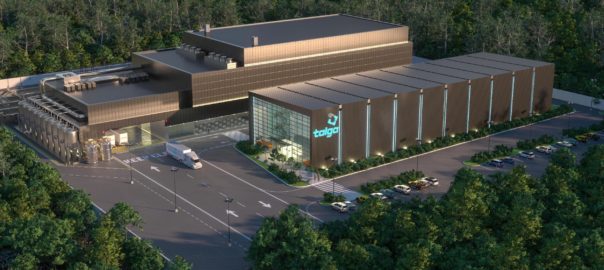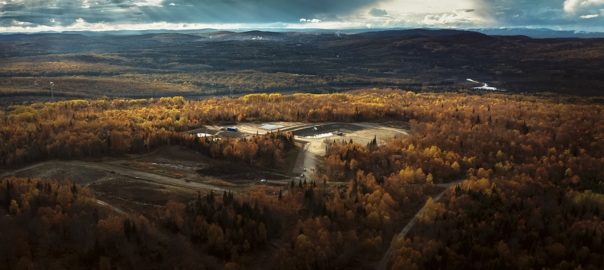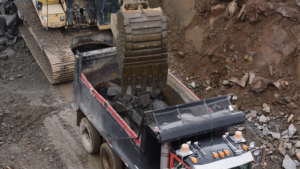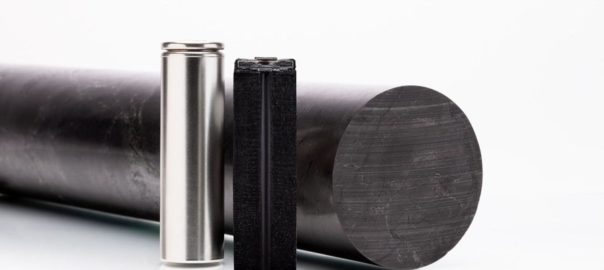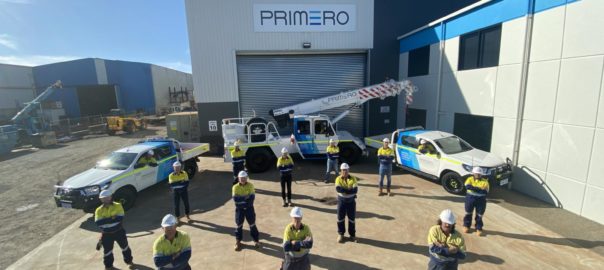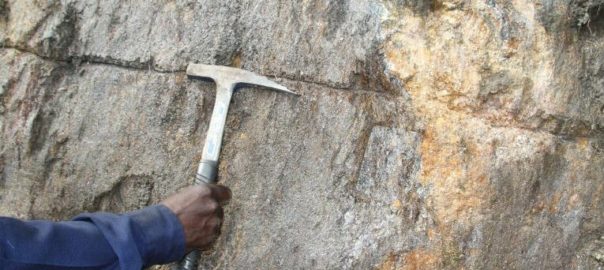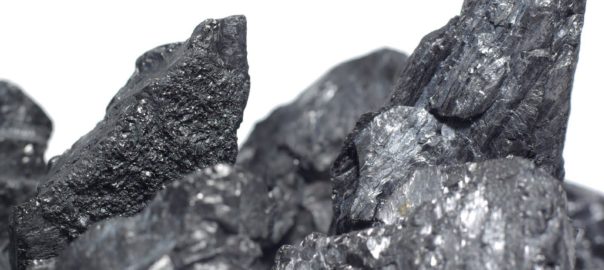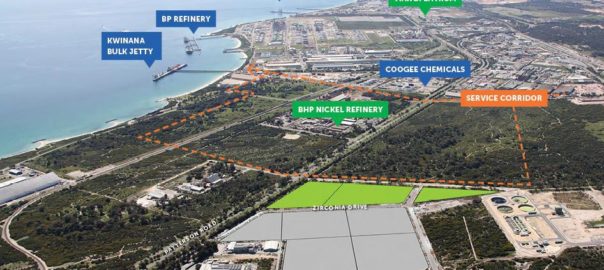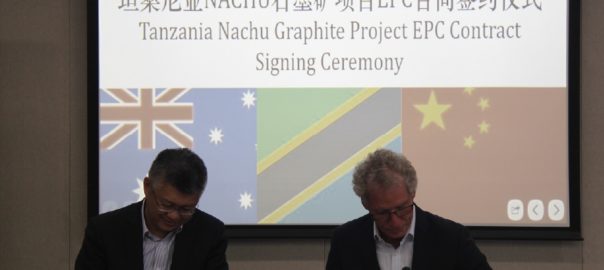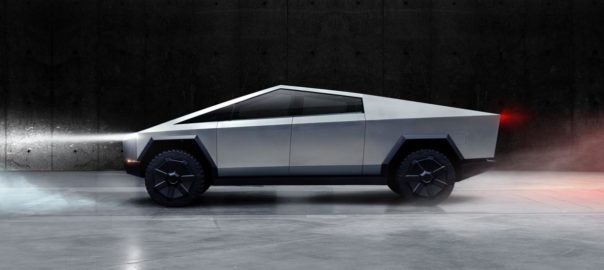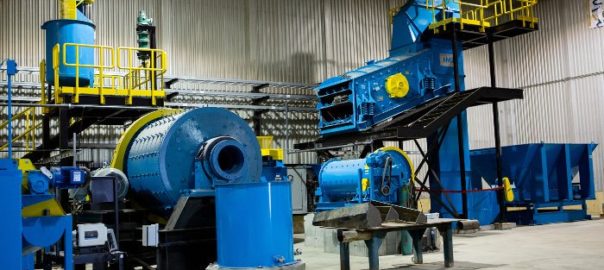Talga Group says it has signed a memorandum of understanding (MoU) with ABB to support the development and construction of its Vittangi Anode project, in northern Sweden.
Talga is constructing a scalable battery anode production facility and integrated graphite mining operation in northern Sweden, using 100% renewable electricity to supply ultra-low emission coated anode for, it says, greener lithium-ion batteries. The anode refinery is expected to commence production in 2023.
Under the MoU, ABB will use its industrial automation and electrification expertise to develop and co-ordinate an extensive suite of production control and process solutions for Talga’s vertically integrated lithium-ion battery anode operations.
In addition, ABB will work together with Talga and its partners to provide engineering support for the Vittangi Anode project definitive feasibility study, due for completion March 2021, with the intent to execute binding agreements for construction and operations in future.
Talga Managing Director, Mark Thompson, said: “ABB is at the forefront of industrial automation and electrification, and we are very pleased to have their support as we continue to execute on our plan to build Europe’s largest Li-ion battery anode production facility for more sustainable batteries.”
Björn Jonsson, Hub Division Manager North Europe, Process Industries, ABB, said: “Supporting the development of Talga’s Vittangi Anode project provides us with an additional opportunity to showcase ABB’s leadership in industrial automation and smart electrification, applied towards construction of key operations for the emerging European battery supply chain.
“This is another milestone for us and our customers in our aim for more sustainable operations and a fossil fuel free society.”







